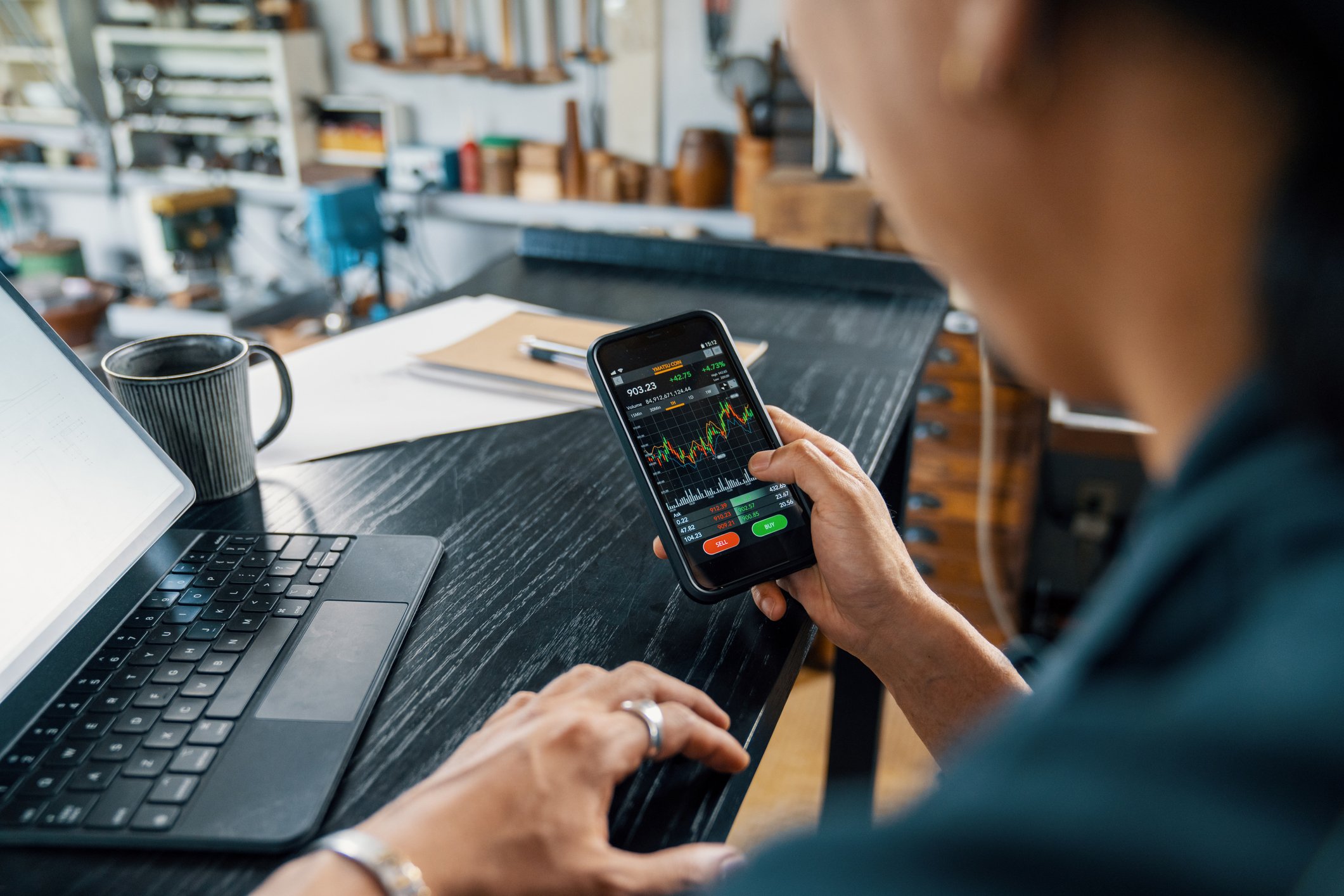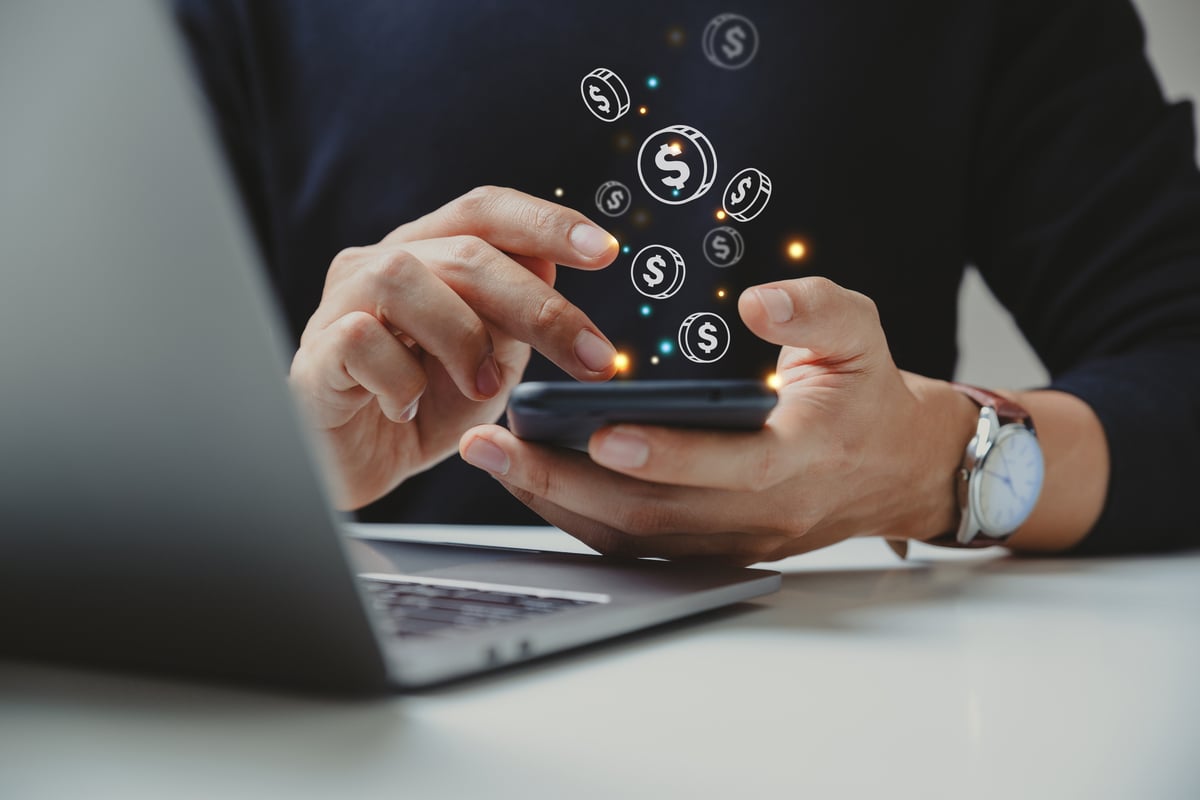For years, Robinhood Markets (HOOD +0.17%) stock looked kind of hopeless.
Shares of the online brokerage -- the first company to "gamify" stock investing and hook a new generation on investing during the pandemic's lockdown era -- surged in the days following its July 2021 IPO. But it took mere months for Robinhood to give back all its gains and then some. By the time 2022 rolled around, Robinhood was a classic broken IPO, trading 60% below its $38 per share IPO price.

Image source: Getty Images.
The stock stayed in that general vicinity for more than two years.
But it didn't stay there forever. As 2024 dawned, and investors started waking up to the potential for companies connected to the AI trend to drive a stock market rally, Robinhood stock began to boom. The stock gained nearly 400% that year, and over the past year, it has nearly tripled. If you'd invested $100 in Robinhood Markets stock one year ago, you'd have $292.77 today -- even after the stock's more than 25% slide over the last three weeks.
So what has changed about Robinhood stock?

NASDAQ: HOOD
Key Data Points
Looking back, looking ahead
The explosion of interest in AI stocks has driven powerful improvements in Robinhood's business fundamentals, as have new offerings that allow its users to trade gold and place bets in prediction markets. Through the first three quarters of 2025, its revenue rose 65% year over year, with more than 100% growth in Q3 alone. Earnings have risen 158% year to date, and free cash flow is up 108%. Robinhood's on course to book $1.7 billion in net profit this year, and free cash flow of $3.4 billion.
All of which is to say, there are good reasons why Robinhood stock is up a lot over the past year, because growth is good. The question for investors is: Can it continue to grow at these rates?
According to an S&P Global Market Intelligence survey of analysts following the stock, it cannot. Their consensus view is that Robinhood's likely to grow earnings at an annualized rate of about 22% over the next five years. Relative to that, the stock's current valuation of 28 times free cash flow looks a little expensive -- and if you value the stock on its price-to-earnings ratio of 58, it's very expensive indeed.





